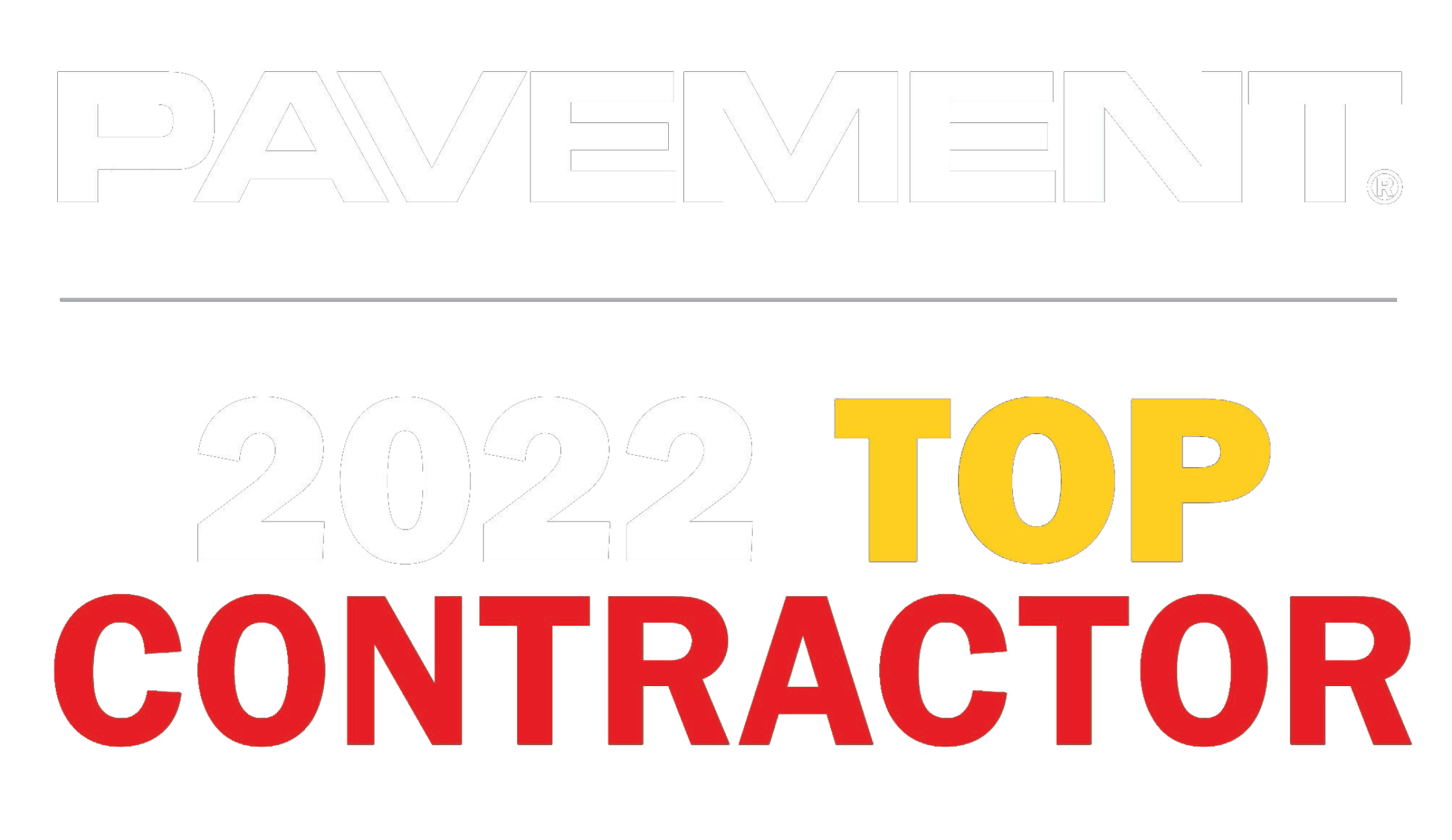Protect your investment and extend pavement life with our professional sealcoating services today.

Expert Sealcoating Services in Orlando, and the Rest of the Southeast U.S.
What is sealcoating? Sealcoating acts as a shield, safeguarding asphalt surfaces against harm triggered by oxidation, infiltration of water, and external elements that accelerate the deterioration process. Properly maintained sealcoating can significantly prolong the life of asphalt pavement and protect it from environmental factors, reducing the need for costly repairs.
Associations





How Often Do You Need Asphalt Sealcoating in Florida?
Three key factors determine how often your pavement needs sealcoating services.
The pavement’s age and condition
The pavement’s frequency of use
Local climate and weather conditions
The Benefits of Preventative Pavement Maintenance
Reactive Maintenance
Reactive maintenance is cheaper upfront but more expensive long-term. Here’s why reactive maintenance falls short of preventative maintenance.
- It’s a crisis-based approach
- It reflects a neglect of work responsibilities
- It causes unexpected downtime
- It produces delays in service
Preventative Maintenance
Since preventative maintenance prevents pavement problems from happening in the first place, it helps you cut costs and allocate your time toward more important issues. Here’s why preventative maintenance is the recommended choice for all our customers.
- It’s a preparation-based approach
- It reflects an organized execution of work responsibilities
- It maximizes the pavement’s lifespan
- It helps you provide a detailed report of facility management metrics
Our Professional Asphalt Sealcoating Process
Sealcoating is a protective surface treatment applied to asphalt parking lots and other pavements to extend their lifespan and protect them from damage caused by UV rays, water, chemicals, and general wear and tear. The sealcoating application process typically involves the following steps:
Prepare
We remove any debris, dirt, or vegetation from the surface. We clean the pavement thoroughly to ensure proper adhesion of the sealcoat. We also fill and repair any cracks, potholes, or damaged areas in the pavement. It’s essential to address these issues before sealcoating to prevent moisture from penetrating the substructure.
Edge and Tape
We use tape or other masking materials to protect any adjacent surfaces or areas that should not be coated, like concrete curbs or adjoining structures.
Apply the Sealcoat
The sealcoat is typically a coal-tar-based or asphalt-based emulsion that’s mixed before application. Follow the manufacturer’s instructions for the correct mix ratio. Sealcoat can be applied using a spray system or by squeegeeing it onto the pavement. The right method depends on the size and type of the area being sealcoated.
Coat Application
We apply an even, uniform coat of sealant across the entire surface, ensuring there are no gaps or uneven areas. The thickness of the sealcoat layer should be in accordance with manufacturer recommendations. It typically ranges from 1/16 to 1/8 of an inch.
Dry and Cure
We allow the sealcoat to dry and cure for a specified period, which can vary depending on the ambient temperature and humidity. It may take 12 to 36 hours for the sealcoat to fully cure.
Striping and Markings
After the sealcoat has cured, we reapply any lane markings, parking stall lines, and other pavement markings as needed.
Awards & Recognition
Our commitment to excellence and total customer satisfaction has earned us recognition throughout the pavement industry. Take a look at some of the top awards our partner companies have received for providing premium asphalt and concrete services to customers nationwide.




The Southeast’s Premier Paving & Concrete Partner
Landmark Paving stands at the forefront of the pavement services industry, offering top-notch, maintenance-oriented pavement solutions. With our operating location in Oviedo, Florida, we proudly serve clients throughout the Southeastern United States.
Our Office:
- Sanford
493 N. White Cedar Road, Sanford, FL 32771
Have a job outside our coverage area? Our national Pave America partners can help.

Explore Our Other Services
Get in Touch
Contact a pavement specialist today to learn more about our sealcoating services.
